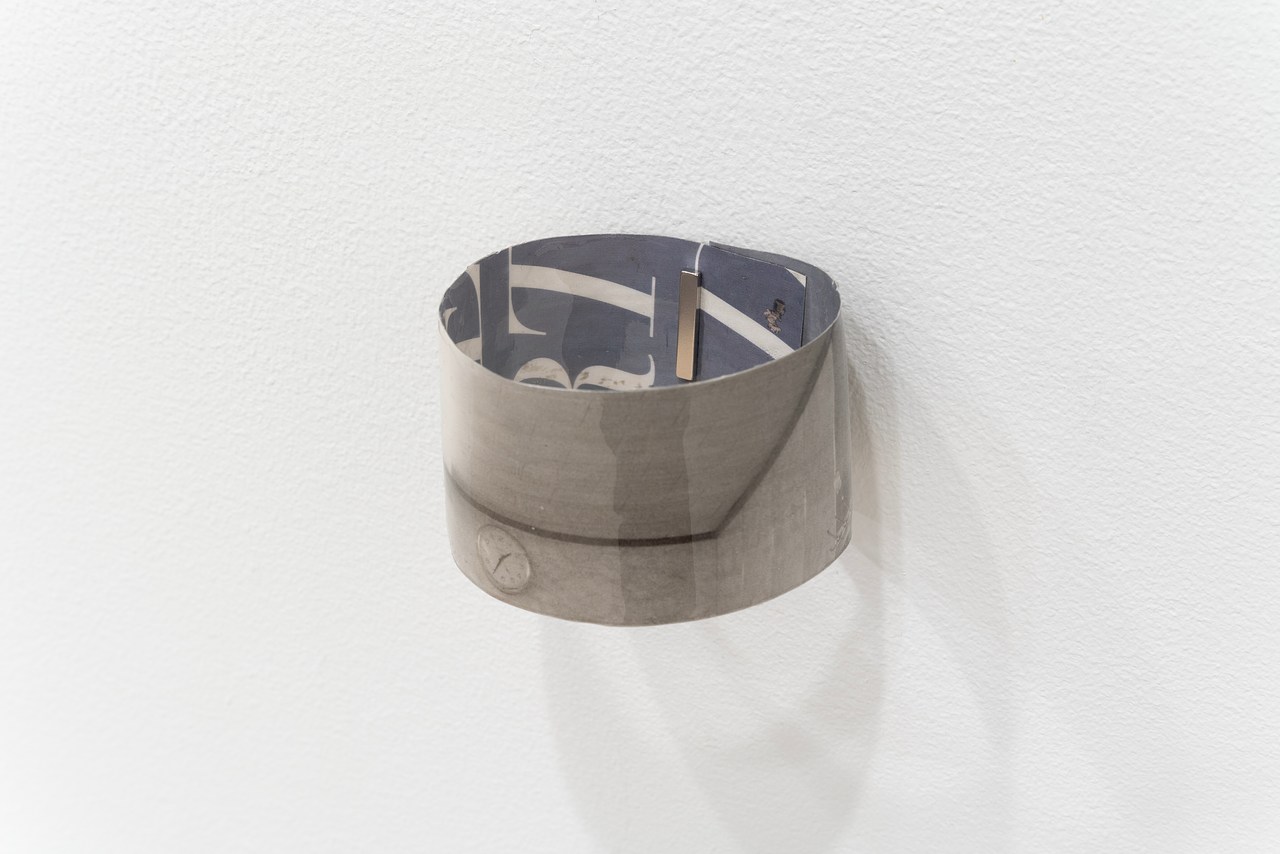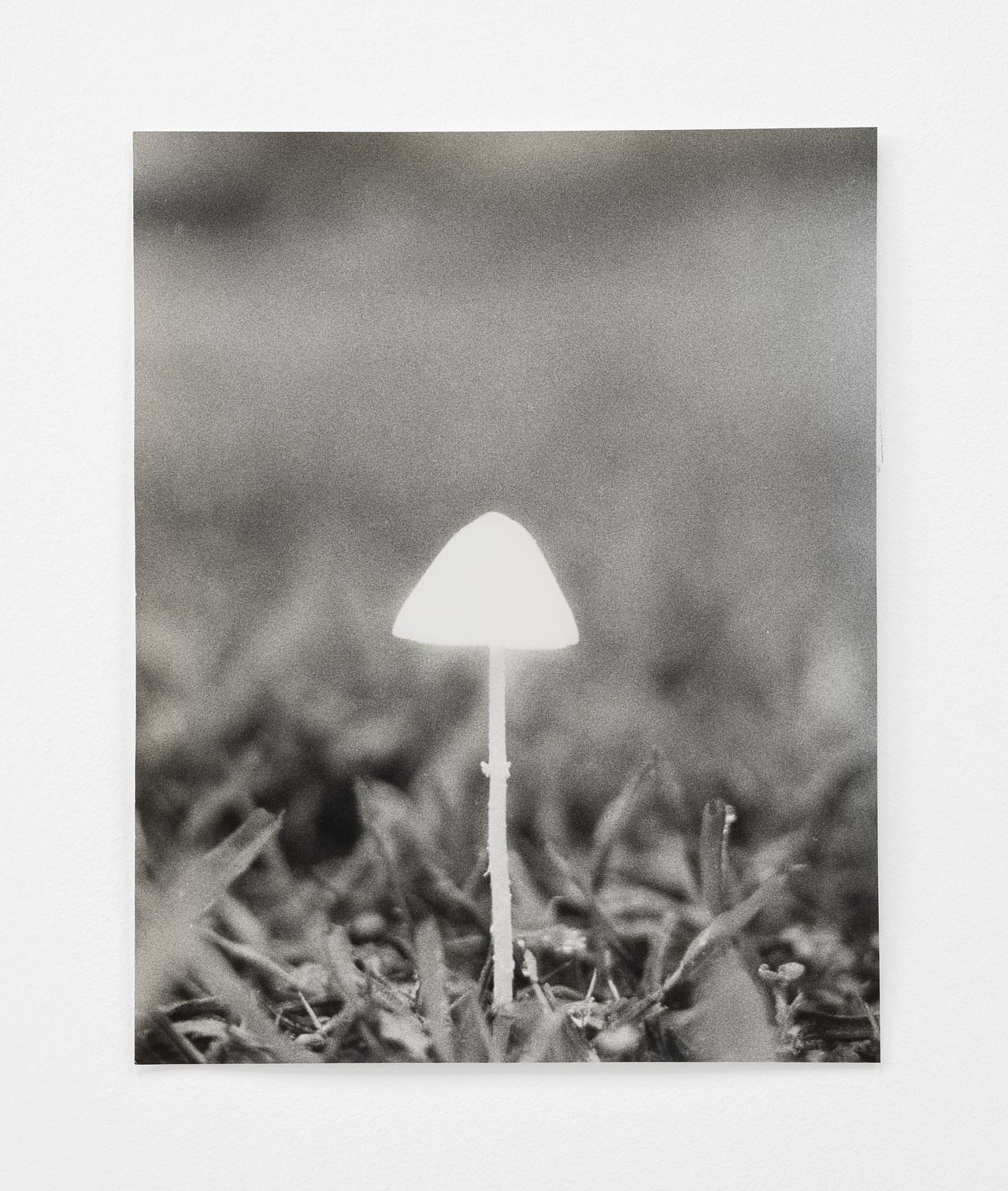The New York edition of the European Fine Art Fair, or TEFAF, has returned to the Park Avenue Armory with its grab-bag of antiquities, historic and cutting-edge design, jewels, and modern and contemporary art. The flagship edition in Maastricht is a fusty affair known for its offerings of Old Masters, while the New York version is a feast of exciting juxtapositions—or a long-simmering identity crisis, depending on your perspective.
Some 91 galleries are participating in the fair’s 2023 edition, which fills the Park Avenue Armory through May 16. The blue-chip presenters include David Zwirner, Pace, Gladstone Gallery, Gallery Hyundai, Mnuchin Gallery, and Thaddaeus Ropac. Jump scare warning: Gagosian, located immediately inside the Armory’s great hall, brought a blown-up image from Jeff Koons’ smug “Made in Heaven” series, in which the nude artist is entwined with his former wife, the porn star La Cicciolina.
TEFAF New York lacks the dedicated irreverence of Spring/Break or the focus of Independent, which has curated an admirably inclusive show downtown. Accordingly, the fair is best approached piece by piece. Thankfully, many pieces for sale are exquisite.
Keep an eye out for David Zwirner’s solo presentation of Joseph Albers, which spotlights his seminal series “Variant/Adobe,” started in 1947. A standout is the painting Browns, Ochre, Yellow (1948). Mayor Gallery is reintroducing the singular geometric compositions of Verena Loewensberg (1912–1986), a dancer, weaver, designer, and impressive color theorist based for most of her life in Zurich. Meanwhile, Demisch Danant has brought elegant wall textiles by Sheila Hicks and an eye-catching crimson lacquer console by Maria Pergay.
Below are our picks of the best booths TEFAF New York 2023 has to offer.
Copyright
© Art News















